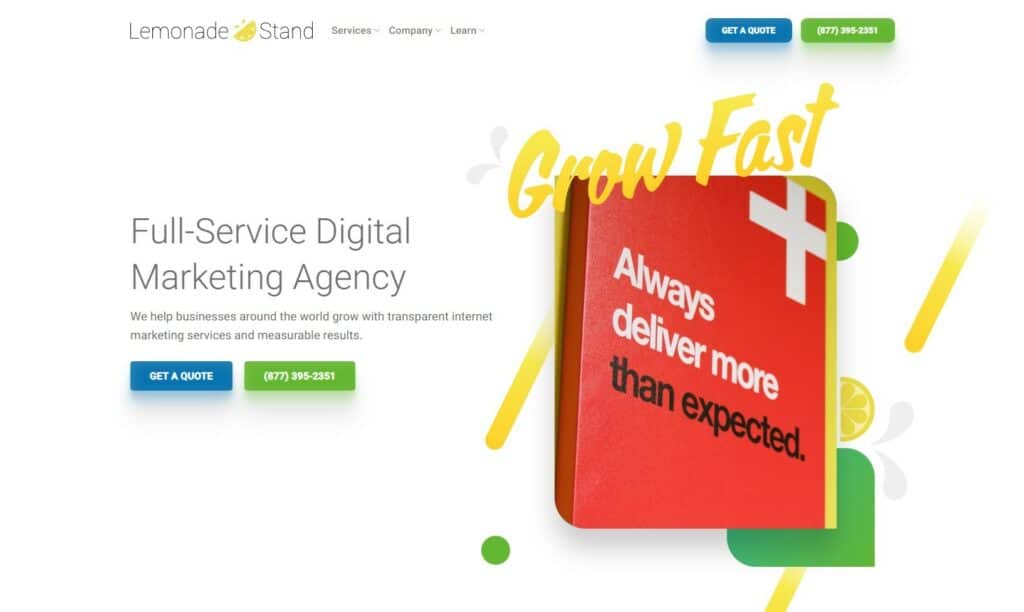Social media: the ultimate double-edged sword. We’ve all felt the positives and negatives that come with social media play out in our own lives: We love connecting with friends but find ourselves comparing or judging. We learn new things but get sucked into hours-long “doomscrolling,” and finally look up and wonder where all the time went. We get to interact with people across the world but forget to talk with the person sitting next to us.
Myths about the effects of social media are widely spread, but which of them are true? Here’s a crash course on the effects of social media—both good and not so good—on our brains, our relationships, and our communities.
The Good
The most widely supported positive effect of social media is connection. Finding old friends, creating new ones—social media has an unparalleled ability to connect people across the world and offer an online community.
In a 2023 survey from the US Department of Health and Human Services, 58% of adolescent respondents said that social media “helps them feel more accepted, like they have people who can support them through tough times (67%), like they have a place to show their creative side (71%), and more connected to what’s going on in their friends’ lives (80%).”
Harvard researchers in 2020 found that a “healthy” use of social media is correlated with three positive health outcomes: social well-being, mental health, and self-rated health.
However, a lot has changed in the social media sphere since 2020 and that research hinges on “healthy” use. With teens clocking an average of 4.8 hours on social media a day, some might argue that healthy use is easier said than done.
The Bad
As we all know, there’s a flip side to the coin: social media can be a real drag sometimes. Studies have proved that America is experiencing a “loneliness epidemic“—it’s called an epidemic because it has real physical health effects. The type of loneliness experienced by about half of US adults is equivalent to smoking 15 cigarettes a day. That stat is scary. Do the effects of social media play into this phenomenon?
Researchers published in Psychology Today think so. Social media has created something called “social snacking,” where we get bite-sized feelings of connection or hits of endorphins through recognition, comparison, or escapism.
But because these “snacks” don’t forge deeper connections, we’re left feeling empty. And if you dive deeper, many studies have linked social media use to anxiety, depression, and even suicidal thoughts. So as far as the negative effects of social media go: at best, it’s a major time waster and at worst, a threat to life.
What’s There to Do About It?
If you feel like you want more of the good and less of the bad, think about implementing these tips to create a healthier relationship with social media:
- Be mindful of your time spent on social media and set limits for yourself
- Seek out online communities that support your well-being and interests
- Take breaks from social media regularly
- Engage in meaningful face-to-face interactions with loved ones, including service opportunities
- Don’t fall into the comparison trap and remember that what people portray on social media is not the full picture
Social Media Experience Without the Negative Effects?
We hate to be the bearer of bad news but there isn’t an online platform that has all the good of your favorite social media without the bad. But we do have something that gives you way more of the good to balance out the negativity that often comes with being online. It’s called Build Then Bless and surprisingly, it’s a work benefit!
Started as a way to help employees put money back into their community by looking for “micro interactions” of service, Build Then Bless has evolved into an employee recognition and engagement software. We use it to publicly thank coworkers, share stories about people we helped with our Build Then Bless funds, send gifts to coworkers and clients, and connect with causes in our area that could use our help.
Ready to experience a healthier, more uplifting online space? Look for Build Then Bless in your company’s benefits package or suggest it to your HR department.

